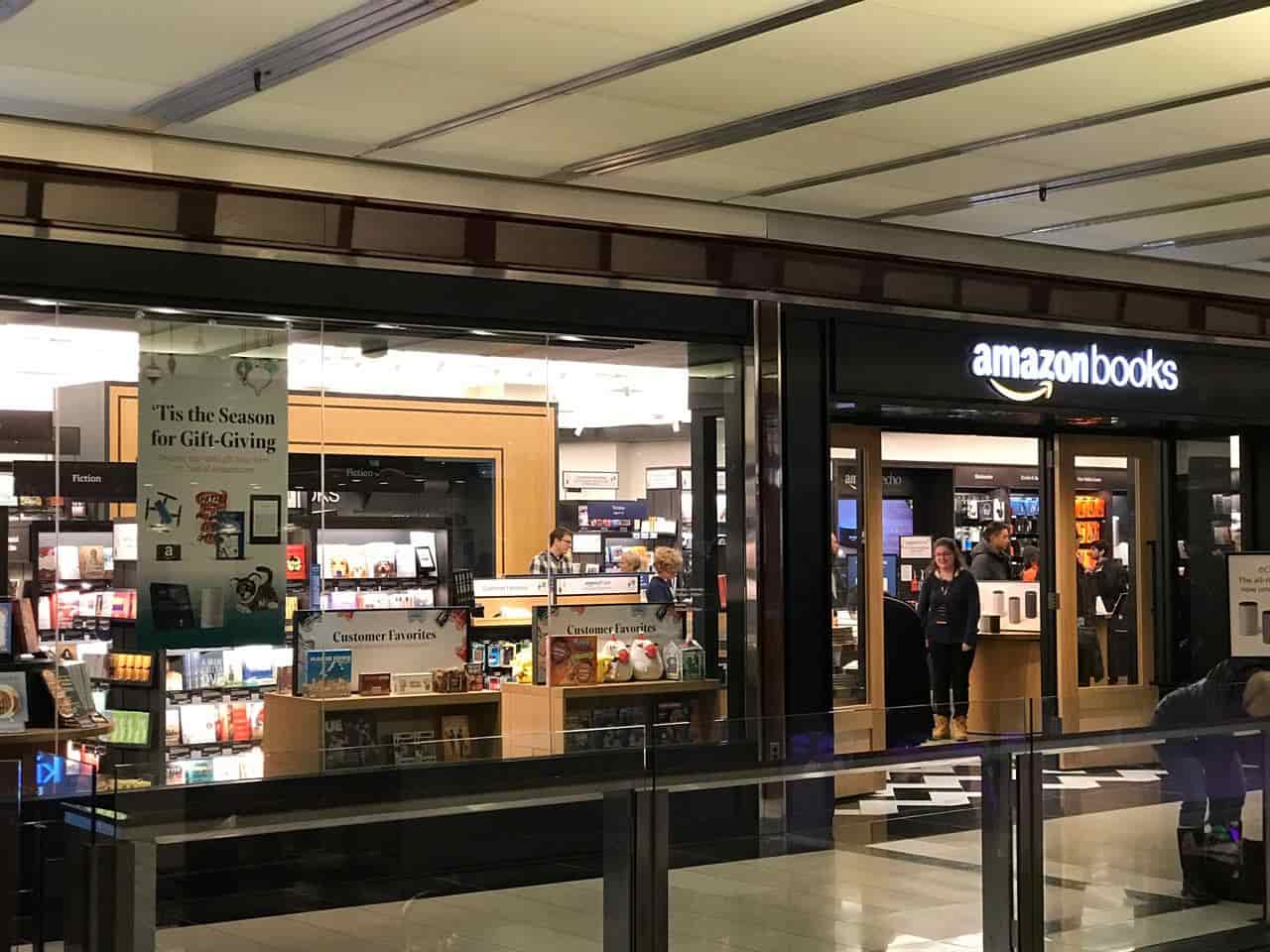Customer feedback is pivotal to the better customer experience.
The customer is the fulcrum around which all business plays out. Listening to their voices is the foundation to a better customer experience. In the digital age, feedback is constant and always within reach.
Customers today, freely share their experiences, opinions, and expectations. Make time to listen to these voices because they provide feedback. A treasure trove of information about customer experiences that can lead the way to capturing market share. Yet most businesses fall short, when it comes to optimizing data from customer feedback.
Things to remember about data:
Data is subjective and defined by multiple points of view — customers, researchers, analysts, departments, etc. Brands must understand customer vantage points to accurately interpret data. Easier said than done, when customers’ expectations become more fluid as they experience other brands across industries. This calls for an ongoing interaction or flow of information, between the brand, its customer base and markets per se. Just to keep pace with changing perspectives and market trends.
Data begs a response or a call to action if you will. Not just a reaction like collection and collation; but a qualified response. An effort to understand the data before sharing and acting on it. While most brands will work hard to beat the competition; proactive brands work harder at listening to their customers. Brands that make the effort to “listen to understand” their customers, are better equipped to meet or surpass customer expectations and lead market share.
Leverage your feedback process to increase customer loyalty:
Think outside in. Brands that adopt an outside-in or a customer-centric approach to feedback will always remain relevant to customers. A good example is Jeff Bezos’ “empty chair” for the customer, at marketing meetings. This posturing to keep the customer central to marketing efforts, is backed and qualified by in-depth analysis of not just buying trends; but extends to customer support requests and complaints, which are diligently acted on. It is this feedback that decides what direction the brand will take with its services. A case in point is how in the last year, Bezos has taken Amazon closer to customers in a real-time sense.

Work inside out. Inspire your team to reach better response times with monitored workflows created to collect, collate, and disseminate feedback. Follow-up with your team so that feedback receives an actionable response.
With physical stores on the ground, customers can now get up close to products that interest them, even as the brand can engage with customers in person. These interactions add value to metrics keeping Amazon ahead of others in the online shopping district.
Respect your customers for choosing your brand. Relationships based on mutual respect can withstand anything. This is true of customer relationships too. Your brand will benefit if you go beyond loyalty points, freebies, and discounts to engage with your customers and show them you care.
Four simple ways how:
- Acknowledge customer opinions every chance you get
- Appreciate customer loyalty, in person or online
- Extend special services to loyal customers
- Expedite processes whenever you can
One simple reason why:
Loyal customers are the best marketing team to have. They will speak well of you in their circle and likely post or share praise about your brand on social media. Their positive feedback will work better than your advertising, marketing and sales efforts. For the simple reason that they put their money where your mouth is. Bragging rights work better that way.

